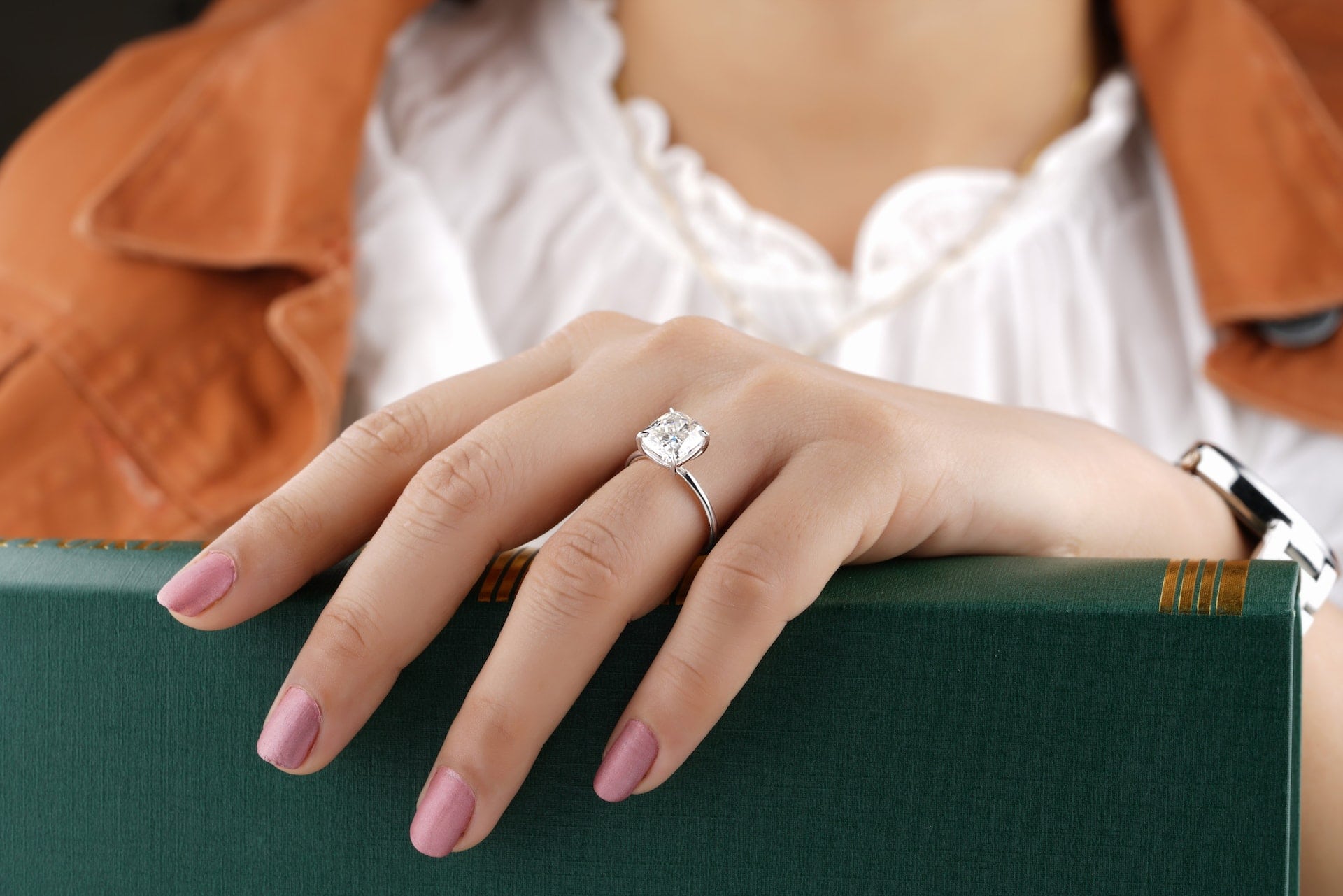
Table of Contents
Paying a high price for a diamond can seem unjustifiable when there are diamond simulants that can look and feel like the real thing. The most common diamond simulant, of course, is cubic zirconia or CZ.
Cubic zirconia stones look very similar to diamonds. But do they perform the same way?
The simple answer is no! In this article, we’ll explore the top 8 differences between cubic zirconia and diamonds, comparing the two stones side by side.
1. CZ vs. Diamonds – Origin
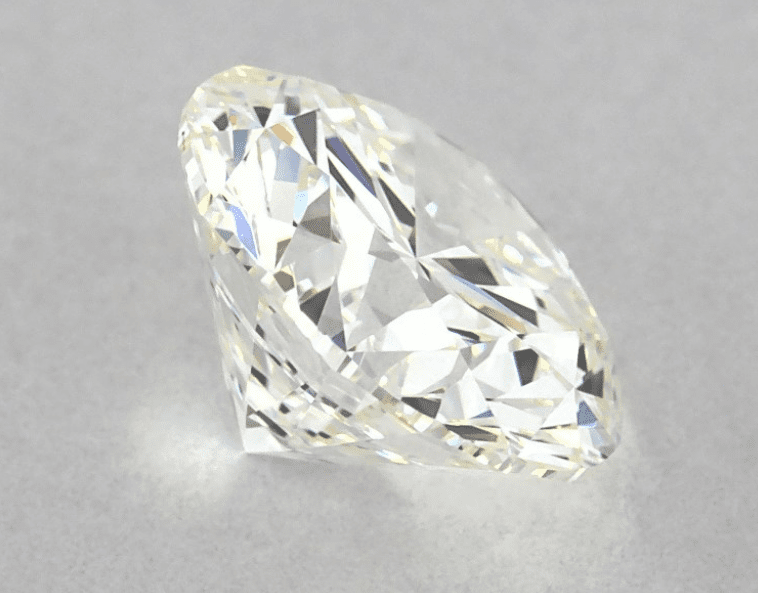
Diamonds can be found in both natural and synthetic varieties. Mined diamonds are more expensive while synthetic diamonds are cheaper. Synthetic diamonds are lab-created diamonds, which are chemically, optically and visually similar to mined diamonds. They are ‘real’ diamonds, with the main exception being that they were created in a lab.
CZ, just like synthetic diamonds, are also lab-created. However, they are diamond simulants meaning that apart from looking like a diamond, they have little in common. For example, diamonds are made of carbon while CZ is made of zirconium oxide.
One of the best things about CZ as opposed to mined diamonds is that it is a sustainable choice of gemstone, considering that it is lab-grown. You can be sure that the CZ is conflict-free, ethical and sustainable. When it comes to mined diamonds, this is often murky territory.
2. CZ vs. Diamonds – Durability
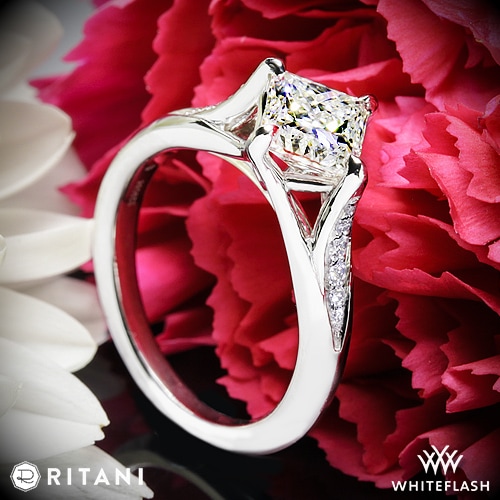
As is well-known, diamonds are the hardest naturally occurring material in the world, with a ranking of 10 on the Mohs scale of hardness. CZ, however, ranks at 8.0 to 8.5.
So what does this mean for your jewelry?
Diamonds do not easily get scratched or chipped. They are extremely durable and only a diamond can damage another diamond. This makes it excellent for jewelry that needs to be worn daily such as engagement or wedding rings, and need minimal maintenance to keep the stone sparkling.
CZ is also a hard stone, but is much more easily scratched and damaged. Over time, CZ can become cloudy and will require regular cleaning and care to maintain its shine. You may have to take the stone to a jeweler to clean it every now and then and eventually even have it replaced.
Bottom line?
Diamonds are definitely the better option if durability is a big priority. It goes without saying that your diamond jewelry will last much longer than CZ.
3. CZ vs. Diamonds – Color
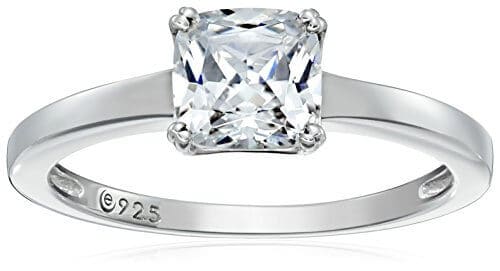
When it comes to diamonds, colorless stones are the most valued due to their rarity and beauty. The color for diamonds are graded on a scale from D (colorless) to Z (yellow). You can find diamonds in every grade from D-Z on the market. Of these, D colored diamonds are the most valuable in terms of color. Often, each grade higher will cost significantly more than the previous grade.
Because CZ is lab-created, manufacturers are able to control the final product to a large extent. CZ stones are almost always colorless, akin to the D grade of a diamond. Every CZ stone has the stunning colorless look of the best diamonds.
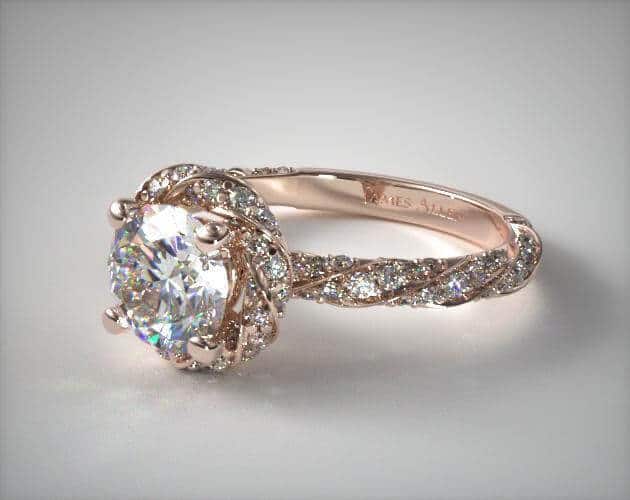
You can find colored diamonds and CZ as well. However, colored diamonds (especially red, pink, green and blue stones) are usually extremely expensive, and in many cases beyond the budget of most consumers. Colored CZ, on the other hand, is very affordable.
If you are looking for a colored stone, note that you can find colored diamonds and CZ as well. However, colored diamonds (especially red, pink, green and blue stones) are usually extremely expensive, and in many cases beyond the budget of most consumers. Colored CZ, on the other hand, is very affordable.
4. CZ vs. Diamonds – Clarity
When purchasing a colorless diamond, the clarity grade is a critical factor that has a direct impact on the value of the stone. Diamonds come in different clarity grades, from Flawless to Included.
Needless to say, Flawless diamonds are the most expensive because they are harder to come by and are highly sought after. Most diamonds often contain inclusions. Even Flawless diamonds can have tiny little inclusions contained within.
Cubic zirconia, on the other hand, always has excellent clarity and is almost always flawless. In fact, this is one main way that jewelers can tell CZ and diamonds apart – by CZs lack of flaws. The tiny little imperfections in a diamond is a way to spot its authenticity, as no diamond is perfect.
5. CZ vs. Diamonds – Dispersion
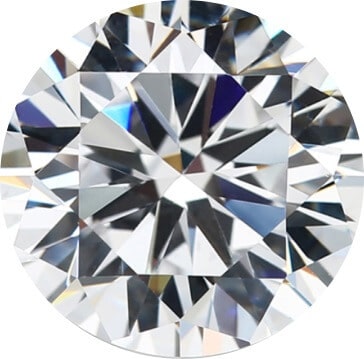
Dispersion refers to the level of ‘fire’ that the stone exhibits, which comes from how it breaks down light into the spectral colors of the rainbow. This makes the stone sparkle and gives off its signature brilliance.
Diamonds have always been valued for their ability to brilliantly play with light. They have a dispersion rate of 0.044.
Cubic zirconia, on the other hand, has a higher level of dispersion, at 0.066. This causes CZ to have a pronounced ‘rainbow effect’ when it is hit by light. This is another visible tell-tale difference between diamonds and CZ.
Although it is barely distinguishable in smaller stones, this heightened dispersion in CZ is visible when the carat size of the CZ increases.
Bottom line?
Some consumers dislike the flash of colors the CZ exhibits when it is touched by light. They find the colorful brilliance too much. If this sounds like you, go for a diamond. If not, stick with smaller CZ stones as they don’t show as much flashes of color and look very similar to diamonds.
6. CZ vs. Diamonds – Refractive index (RI)
The refractive index refers to the angle at which light enters a stone. As the light bends and is reflected, it creates brilliance in the gemstone. When we talk about RI, we are really talking about how light is reflected off the stone.
CZ has an RI of 2.15 – 2.18, while a diamond’s RI is higher at 2.42. Although both stones sparkle, a diamond has a greater depth of brilliance which the CZ cannot match. A CZ cannot hold light as a diamond does.
Without doubt, a diamond’s brilliance is one of a kind which is part of its timeless allure..
7. CZ vs. Diamonds – Density
Cubic zirconia has a higher density than diamonds, making it heavier than diamonds. This means that a CZ and a diamond of the same size will not be of the same carat weight. To put it another way, a 1 carat CZ will be slightly smaller than a 1 carat diamond.
8. CZ vs. Diamonds – Value
Probably the best thing about CZ is that it is much more affordable than diamonds.
A 1 carat excellent cut, flawless, D color diamond generally retails for about $10,000 while a 1 carat cubic zirconia will only set you back about $20! The price per carat is very different between CZ and diamonds, so much so that the comparison even seems pointless.
This 1 carat diamond from the James Allen website is over $11,000 while the cubic zirconia below is only $10.
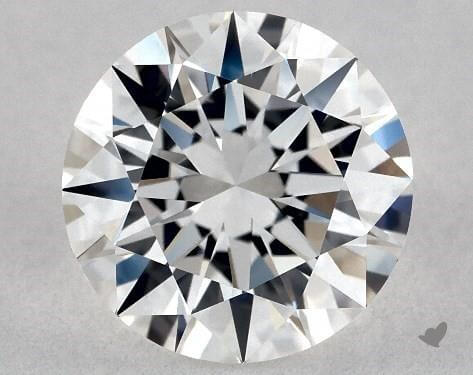
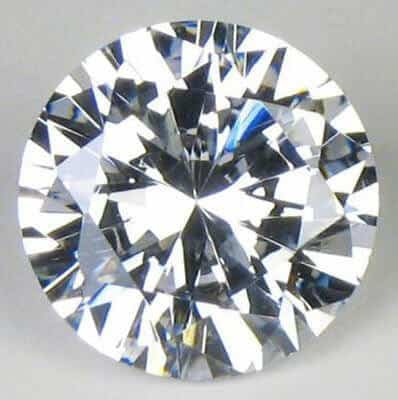
This brings us to the question:
Is Cubic zirconia worth anything?
In terms of monetary value, CZ is practically worthless. It has no second-hand market value and is not an investment at all. In fact, CZ is almost synonymous with the words ‘fake’ and ‘worthless’.
A diamond, on the other hand, is a valuable stone that can be seen as an investment (although whether or not a diamond is an investment is a debatable topic). It can be passed down as an heirloom from generation to generation and can indeed last forever.
What’s the Verdict?
You cannot beat the prestige and class that is so strongly connected to diamonds (even though this is largely due to clever marketing strategies). No matter how well a CZ performs, or how sensible a choice it is, it will never have the prestige that comes with owning a diamond.
This is so ingrained in the culture that you’ll often come across questions like this on wedding and jewelry forums:
“Hi ladies, I wanted to get some input from you. What are your feelings about Cubic Zirconia rings? Is it tacky or is is it a good choice if you want a beautiful looking ring that doesn’t cost an arm and a leg?”
And judging by the diverse answers to such questions, it’s clear that there’s no consensus. Some will highlight the similarity in appearance to diamonds and the low cost to justify buying CZ. Others will say that they would never stoop that low, i.e., buying a fake stone. This poster on a Weddingwire forum says as much:
“Will say this… FH was engaged before (He called it off.) She pushed him to get engaged. He couldn’t afford the ring she wanted, so they got a CZ as the center stone. She lied to everyone and said it was a real flawless diamond. He has said he felt like the whole engagement was fake just like the ring, that it was all for show. He was very insistent on saving up, buying a very high quality stone. For me because I “am the real deal”. Obviously everyone’s situation is unique though.”
Wrapping Up
Whether or not you should choose a CZ depends on what your values are. If you prioritize affordability and sustainability, then a CZ is for you. If you wish for durability, class and bragging rights (!), then don’t forgo a diamond.
At the end of the day, the sentimental value of a stone comes from what we decide to attribute to it. And this can overrule everything else.
Ready to browse for diamonds? For an excellent selection of loose diamonds with high quality images and videos and reasonable prices check out James Allen.
For an impressive selection of CZ jewelry, Amazon is your best bet. There is something for everyone here, ranging from a couple of dollars to several hundred. You can also find branded items such as Swarovski CZ jewelry on Amazon.









